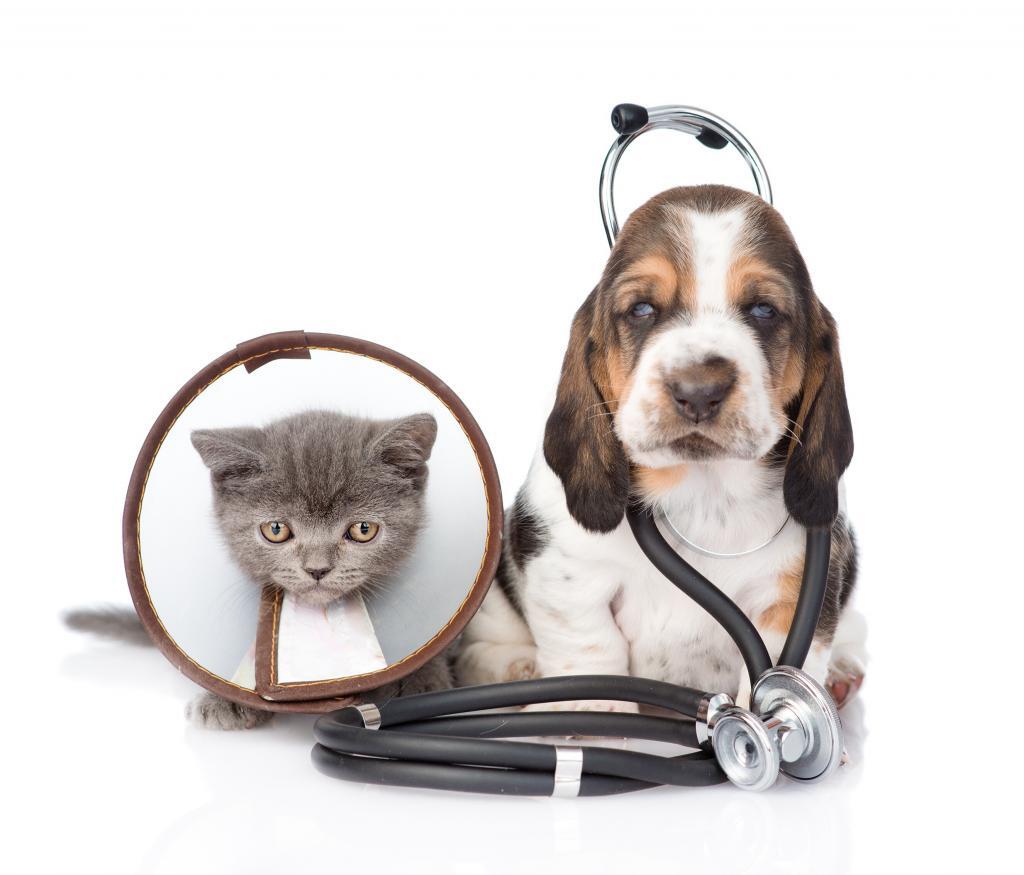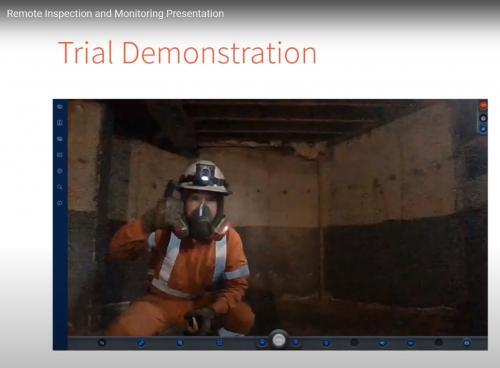
For the Health of Your Pet
For 153 years, since 1862, the Ontario Veterinary College, has led the way in Canada for animal medicine, improving the lives of four legged friends and their humans.
OVC ranks fourth in the world for veterinary medicine and includes a nuclear medicine division.
 Dr. Alex Zur Linden is an assistant professor in the Diagnostic Imaging department at OVC where he assesses patients using tools such as Computed Tomography (CT) scans, a nuclear technology tool. The scan allows physicians to get a 360-degree snapshot of what is happening inside the animal. But as Dr. Zur Linden points out, the work poses some unique challenges.
Dr. Alex Zur Linden is an assistant professor in the Diagnostic Imaging department at OVC where he assesses patients using tools such as Computed Tomography (CT) scans, a nuclear technology tool. The scan allows physicians to get a 360-degree snapshot of what is happening inside the animal. But as Dr. Zur Linden points out, the work poses some unique challenges.
“Prior to a scan taking place the animals are sedated. We do this so that they won’t move off the table and to minimize their respiratory motion because unlike humans you can’t ask them to hold their breath,” says Dr. Zur Linden.
Another area of veterinary nuclear medicine is in the treatment for cats with hyperthyroid. A condition in which the thyroid overproduces a hormone known as thyroxine, this can cause the body processes to speed up.
Signs of hyperthyroidism in cats include faster heart rate, vomiting and diarrhea. If left untreated it can lead to blindness.
Once diagnosed, usually following a blood test, treatment can begin. A common method of treatment is something known as radioiodine therapy. A non-invasive procedure, patients do not have to undergo the stress of sedation or an operation.
Instead, radioactive iodine is injected into the cat where it is absorbed by the thyroid. The radioactive iodine is able to destroy the infected cells and patients usually see a return to normal hormonal levels with a week or two of treatment.
The cross over applications between research amongst humans and animals has meant the ability to better diagnose and treat patients. One such application is a procedure known as microwave ablation (MWA). Primarily used in humans, due to its expensive cost, MWA involves using microwave energy to heat and destroy tumors.
“One promising area is with cancer in the lungs. Right now there is not much we can do, however, with microwave ablation, you can kill the tumor. It’s been done in people,” Zur Linden goes onto say, “it’s likely palliative therapy but has the potential to be curative as well.”
The contributions between veterinary medicine to humans cannot be underscored. As outlined in The National Research Council’s Committee on the National Needs for Research in Veterinary Science it was through work with chickens that the cancer causing virus, sarcoma was discovered. An immune suppressing virus in cattle was discovered years before HIV or AIDS would be diagnosed in humans. Today, researchers are working on a zoonotic pathogen or Q fever.
The advancements made today reaping powerful benefits for people and our four-legged friends for the future.



